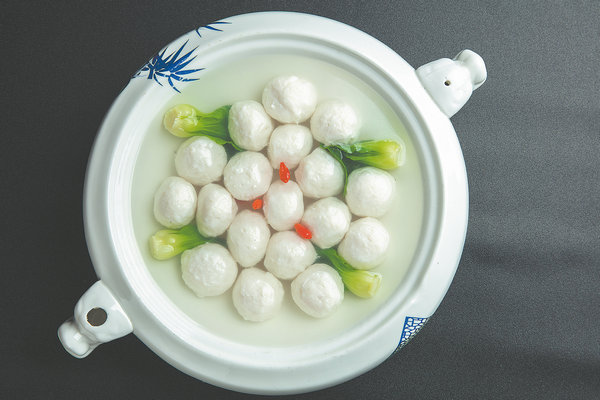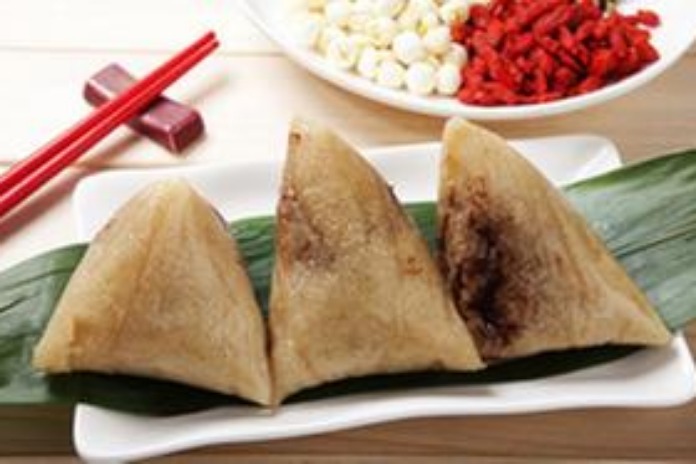The soul of Fujian cuisine
The province still follows traditional cooking methods, but that doesn't mean it isn't open to other influences, which allows for innovation and new flavors, Yang Feiyue and Hu Meidong report in Fuzhou.


Another secret is revealed as he opens another jar simmering on the stove. Each broth has gone through two batches of old hens, ducks and pork bones.
"The first extraction captures the freshness. The second captures the richness. Only when combined do we achieve that golden, tea-colored broth," Yang explains.
"When the essence of the bones dissolves completely into the broth, other non-bone premium ingredients, such as abalone with its springy texture, crisp sea cucumber, and sticky-soft fish maw, are added to keep their unique texture while harmonizing in the broth."
Mapping it all out
In addition to fotiaoqiang, dishes like lychee pork, sliced whelk with light wine sauce and braised sea clam with chicken soup are representatives that demonstrate Fujian cuisine's extreme aesthetics, Yang notes.
The lychee pork consists of pork loin with crosshatched cuts.
"The cuts must be two-thirds deep. When it's fried, it curls up like lychee fruit. The meat needs to be both lean and fat, then lightly coated with starch, so the 'lychee skin' pattern shows through the sweet-and-sour glaze," he says.
The dish also reveals a deeper purpose, he says. "Fujian's winding waterways and mountain roads often cause motion sickness. The sweet-and-sour flavor helps settle the stomach."



































